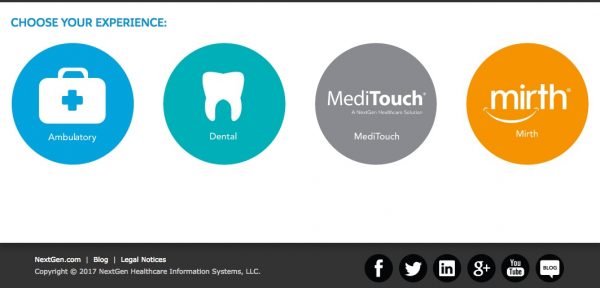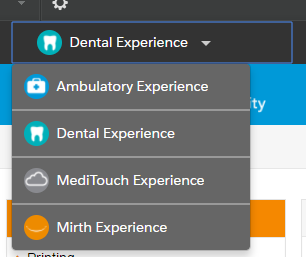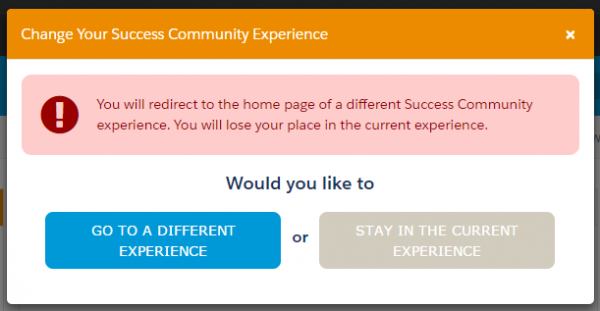Companies are often burdened with a wealth of data, as well as customers that may have cross-over between multiple products they own that can cause confusion with marketing to difference audiences, or what information should be displayed in a Salesforce Customer or Partner Community. Likewise, companies may also be faced with the debate whether or not to restrict users to a more ” siloed” community experience so as not to overwhelm an audience, yet there’s a need for exposing a more complete set of data or knowledge articles perhaps. The problem is that while you understand how your products or services may be connected, your customers may not.
We recently faced this scenario with one of our high-tech clients. The requirements involved providing a balance of personalization and permissions to the community experience itself, yet the company wanted to enable cross-selling for blended customers across multiple product categories.
We worked with our experience design team to develop a solution where we added a community “toggle” feature. This allows the community member to quickly select their relevant experience based on the product(s) he or she owns, and then quickly navigate to the community to access information, product announcements, and connect with relevant subject matter experts.
Step 1
When a new member signs on to the community for the first time, the user sees the below page with the different software product lines.

Step 2
Once a member is logged in to the community, a user can decide which experience they want to navigate to by accessing the below drop-down menu at the top of the community homepage.

Step 3
Once they select the relevant product they get a notification they are leaving this “experience” or they’re given the option to stay in the current one. This prompt allows for those who may have inadvertently clicked it or wanted to test the functionality to not be redirected.

Once a user confirms the area of interest, they get redirected to the other Salesforce community. From there the community filters on Knowledge articles, Known Issues (reported software bugs), Ideas, Services, Chatter, and other data based on the specific product line for a more personalized community experience for users.
For this solution we used Force.com code and permission sets in combination to add permissions and visibility to users. Permission sets are built based on every community experience and are added or removed from a user based on the user selection in community experience drop-down.
We feel that this could be a helpful solution for other companies that may have similar community use cases. Perhaps your company recently went through a merger or an acquisition and is operating on separate business systems. Or maybe you’re looking to drive growth from new product categories through cross-sell and upsell in a community, but the groups all operate under separate P&Ls and need to market to audiences differently.
Thanks to my coworkers Devin Ingersoll, Rucha Pradhan, Marc Pulverman, and Michael Morris for helping me with this blog.

